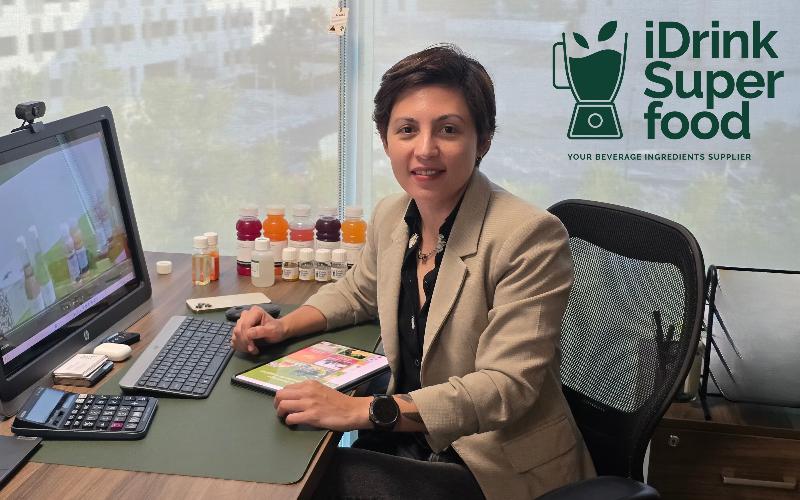FAO: Global Demand for Meat and Dairy Products Will Continue to Grow Until at Least 2034

The document, titled OECD–FAO Agricultural Outlook 2025–2034 and published on July 15, projects that by 2034, global per capita consumption of animal-based products will grow by an average of 6%. The most significant growth is expected in lower-middle-income countries, where consumption could rise by as much as 24%—nearly four times the global average.
FAO Director-General Qu Dongyu described this as evidence of improving diets in developing countries. However, he noted that these positive changes are not reaching everyone. In countries with high poverty rates, daily consumption of animal-based products will remain extremely low—around 143 kcal per day, which is half the recommended level. This highlights persistent inequalities in access to nutritious food and the need for continued efforts to achieve food security.
Production Growth and Environmental Risks
To meet the rising demand, global agricultural and fishery production must increase by 14% by 2034. The most active growth is expected in the meat and dairy sector: the output of meat, milk, and eggs is projected to grow by 17%, while the total number of livestock and poultry is set to increase by 7%.
However, this increase in production will bring environmental costs. According to the forecast, direct greenhouse gas emissions fr om agriculture will grow by 6%—despite a reduction in emission intensity due to higher productivity. This means that even with more efficient production, the overall volume of emissions will continue to rise unless additional measures are taken to reduce the sector's carbon footprint.
An Alternative Scenario
The report also outlines an alternative scenario: with the implementation of modern technologies and increased investment in the agricultural sector, global farming could not only provide more nutritious food by 2034 but also reduce emissions by 7% compared to current levels.
This scenario relies on the widespread adoption of advanced practices such as precision agriculture, specialized animal feed that reduces emissions in ruminants, and improved nutrient management methods. It would require coordinated policy decisions, technological innovation, and targeted investment—especially in countries wh ere food insecurity remains high.
OECD Secretary-General Mathias Cormann emphasized that the global community has the tools needed to end hunger. However, he stressed the importance of keeping agri-food markets open and ensuring the sustainable development of agriculture.
Trade as a Pillar of the Food System
The forecast gives special attention to international trade. Experts estimate that by 2034, about 22% of all agricultural products will cross national borders before reaching end consumers. A multilateral trading system based on clear rules remains a crucial tool for redistributing surpluses and shortages, stabilizing prices, and strengthening global food resilience.
The report underscores that without active trade, the global agri-food sector will be unable to cope with the challenges facing the food system.











